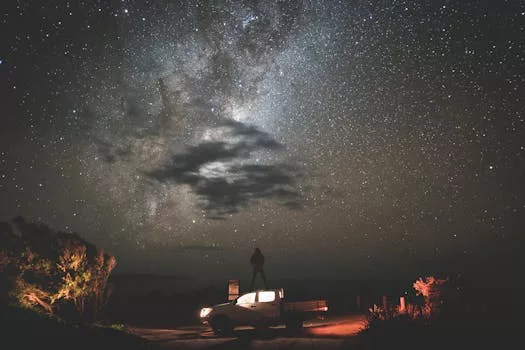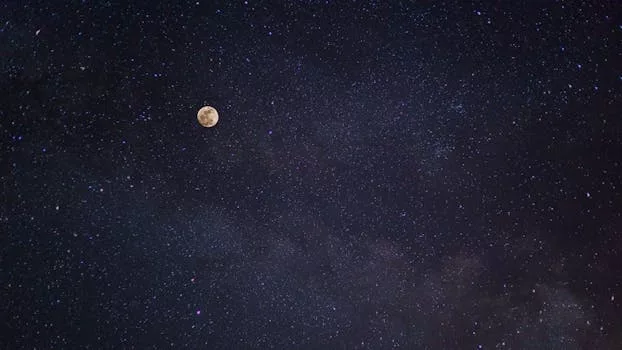
“
Beyond the Milky Way: Imagining New Worlds and Possibilities
Introduction to Beyond the Milky Way: Imagining New Worlds and Possibilities
Beyond the Milky Way: Imagining New Worlds and Possibilities, our galaxy, the Milky Way, is just one of billions in the observable universe. As we continue to explore and understand our own galaxy, we also look beyond to the possibilities of new worlds and civilizations that may exist elsewhere. In this article, we will explore the concept of new worlds beyond the Milky Way and the potential for life and discovery in our universe.
Understanding the Universe
Before we can imagine new worlds beyond the Milky Way, we must first understand our universe and its structure. The universe is estimated to be around 13.8 billion years old and is made up of billions of galaxies, each containing billions of stars. The Milky Way is just one of these galaxies, and it is thought to contain between 200 and 400 billion stars.
The universe is also thought to be expanding, with galaxies moving away from each other. This expansion is believed to have begun during the Big Bang, when the universe began as a single point and expanded rapidly. As the universe expanded, matter began to come together to form galaxies, stars, and eventually, planets.
New Worlds and the Possibility of Life
With the understanding that the universe is vast and contains billions of galaxies, the possibility of new worlds beyond the Milky Way becomes increasingly likely. In fact, scientists have already discovered thousands of exoplanets, which are planets that orbit stars outside of our own solar system. Some of these exoplanets are thought to be located in the habitable zones of their stars, which means they could potentially support life.
The discovery of exoplanets has led to a new era of space exploration, as scientists seek to learn more about these new worlds and the possibility of life beyond Earth. Missions such as the Kepler space telescope and the Transiting Exoplanet Survey Satellite (TESS) have been successful in discovering thousands of exoplanets, and future missions, such as the James Webb Space Telescope, will continue to explore the universe and search for signs of life. This exploration resonates with the themes discussed in From Stardust to Dreams: Imagining Life Beyond the Stars.
Imagining New Worlds and Possibilities
As we explore the universe and discover new worlds, we are also faced with the possibility of new forms of life and civilizations that may exist beyond the Milky Way. This raises a number of questions about the potential for life and the implications of discovering life beyond Earth.
One of the most significant implications of discovering life beyond Earth is the potential for new forms of energy and resources. For example, if we were to discover a planet with a breathable atmosphere and liquid water, it could potentially support human life and provide a new source of resources. This could have significant implications for our own planet, as we face challenges such as climate change and resource depletion.
Takeaways
- The universe is vast and contains billions of galaxies, each with billions of stars.
- The possibility of new worlds beyond the Milky Way is increasingly likely, with thousands of exoplanets already discovered.
- The discovery of exoplanets has led to a new era of space exploration, as scientists seek to learn more about these new worlds and the possibility of life beyond Earth.
- The potential for life beyond Earth raises a number of questions about the potential for life and the implications of discovering life beyond Earth.
- Discovering life beyond Earth could have significant implications for our own planet, including the potential for new forms of energy and resources.
Conclusion
In conclusion, the possibility of new worlds beyond the Milky Way is a fascinating and complex topic that raises a number of questions about the potential for life and the implications of discovering life beyond Earth. As we continue to explore the universe and discover new worlds, we may uncover answers to these questions and gain a deeper understanding of our place in the universe.
Ultimately, the search for new worlds and the possibility of life beyond Earth is a journey that will continue to inspire and captivate us, as we seek to understand the mysteries of the universe and our place within it. This journey is akin to Charting New Realms: The Journey of Imagination Beyond the Stars.






